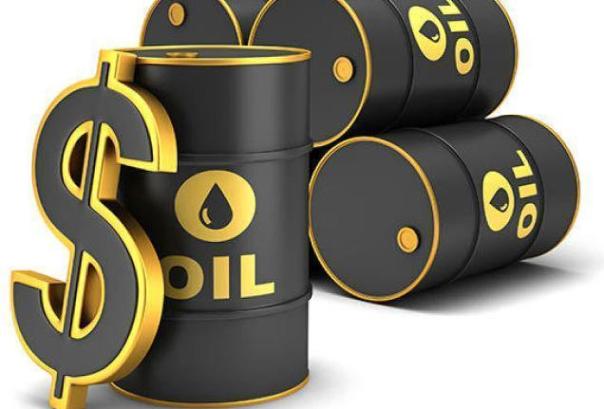
Nigeria would need about $7.6 billion to restore oil production to 2.1m/bpd by 2025 from the current 1.3m/bpd as of September.
This was disclosed by the Chairman AA Holdings, Dr. Austin Avuru, who said this would help in drilling about 426 wells with about 45 rigs on duty to rejuvenate oil production in the country, which can help achieve an output of 2.1million barrels per day by the year 2025.
Avuru emphasised the importance of this investment in bolstering the country’s economy and strengthening its position in the global oil market.
The AA Holdings boss stated this at the 41st Nigeria Association of Petroleum Explorationists (NAPE) yearly international Conference and Exhibitions (AICE) Pre-conference, yesterday, themed: ‘Unlocking Nigeria’s remaining energy potential to fuel economic growth and diversification: opportunities and challenges.”
“At the end of 2025, we should go back to our 2.1million bpd and we need to drill 426 wells where costs alone costs about $7.6 billion, you will need 45 rigs as the number of rigs as at today is 21, 22,
“With all that we have achieved in local content, does this country have the execution capacity? If we have the money, how quickly can we mobilise an additional 23 rigs to start working,” he said.
Avuru further stressed that in a significant turn of events in Nigeria’s energy evolution in the most drastic case, the proportion of hydrocarbons in the energy mix decreased drastically from 82 per cent to approximately 20 per cent while in a more likely and probable scenario, hydrocarbons might have constituted around 40 per cent of the energy mix, with renewables increasing from zero to about 60 per cent by 2060.
He added that regarding consumption, in extreme scenarios, the consumption could plummet from the current 103 million barrels per day to as little as 30 million barrels a day by 2050 while in a more likely scenario, the demand might decrease from the current levels to approximately 55 million barrels a day.
Avuru stated that due to a rapid decline in existing production, a substantial influx of new upstream investment is required to maintain the balance between supply and demand
There is combination of reduced investments in the sector as both banks and normal funding sources are now reluctant to put in funds into oil and gas industry and unfortunately, even when global reforms that are put into renewables in terms of equivalent energy, the renewables are not delivering the quantum of energy that the reduction in fossil fuel is taken out of the mix, so we are going to see a tightening,” Avuru said.
He mentioned the importance of maximizing gas production, excluding LNG, to reach its peak. He said this effort could potentially result in a supply of three to four billion cubic feet (BCF) to the domestic market. He emphasised the significance of funding diversification and domestic growth in the country by 2050.
He also projected that by 2030; Nigeria should achieve an output of three million bpd
Also, on his part, General Manager, Gas Business, Seplat Energy PLC, James Makinde on the sub-theme:
‘Efficient building, Utilisation and Commercialisation of Gas Infrastructures in Nigeria-Short and Long Term Benefits,’ said if the country continues on the current approach, there will be a deficit of 3.1Bcf per day in gas supply to the market by 2030, spanning a 70-year period.
He stated that Nigeria’s primary reforms to tackle challenges in the gas sector are centered on the Decade of Gas initiative.
Makinde added that securing the Decade of Gas initiative would necessitate three priority interventions: ensuring attractive returns for investors, facilitating investments through supporting essential infrastructure, and enhancing investor confidence.




Fantastic post. You’ve provided some excellent advice. You and I both think that it is crucial for bloggers to assist their readers. Visitors will return for more as soon as they see the worth in your material. Try to Visit My Web Site : NAGA26